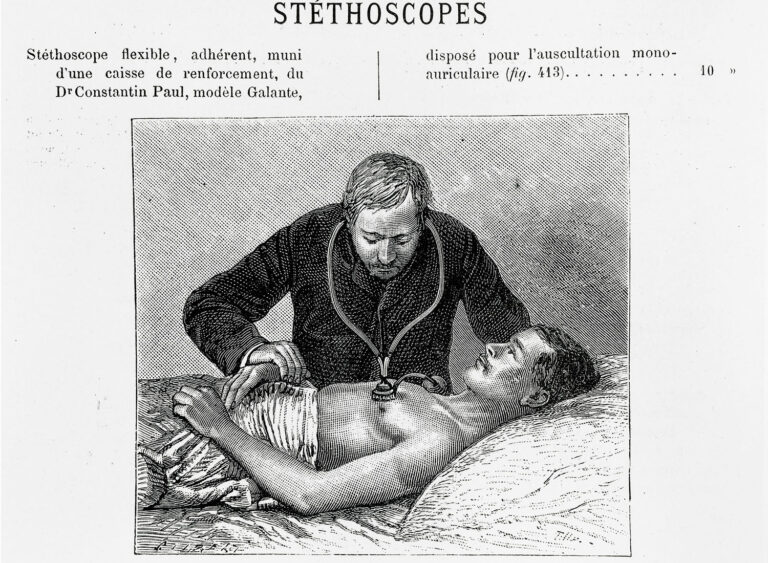Why the Model Professional Rules for Lawyers are Difficult to Implement
In a perfect world, all lawyers would follow 100% of the Code of Conduct, 100% of the time.
Why doesn’t that happen?
- The Code is long, complex, and difficult to memorize completely.
- The Code is written as a list of technical requirements, which can be challenging to implement without a “bridge”, showing how that might look in daily practice.
The key to successful implementation of the Code by working lawyers is to translate it into a set of outcome-based objectives. And under each of those objectives is nested a set of supporting practices, which have been shown to lead to those desired outcomes.
Many lawyers manage this bridge from Code to Practice organically day-to-day without assistance. But some struggle, which can lead to issues with clients or with the regulator.
Some regulators recognize this struggle, and offer CLE programs and courses to help lawyers interpret and implement the model rules.
Standpoint Decision Support also saw evidence of this implementation gap through many years analyzing thousands of historical regulator complaint files. In response, we developed a “Professional Objectives Framework”, which acts as a versatile implementation tool for any jurisdiction’s code of conduct or model rules.
This information architecture has been implemented into our AvvyPro platform, which transforms it from simply a body of text, into a working tool for legal professionals.
The platform is responsive and adaptable to the specific requirements of any jurisdiction. It has been engineered as a framework, not a static body of content. Because of this, organizations can easily adapt the platform’s default content to their jurisdiction’s needs, delivering a highly relevant experience to their lawyers.


